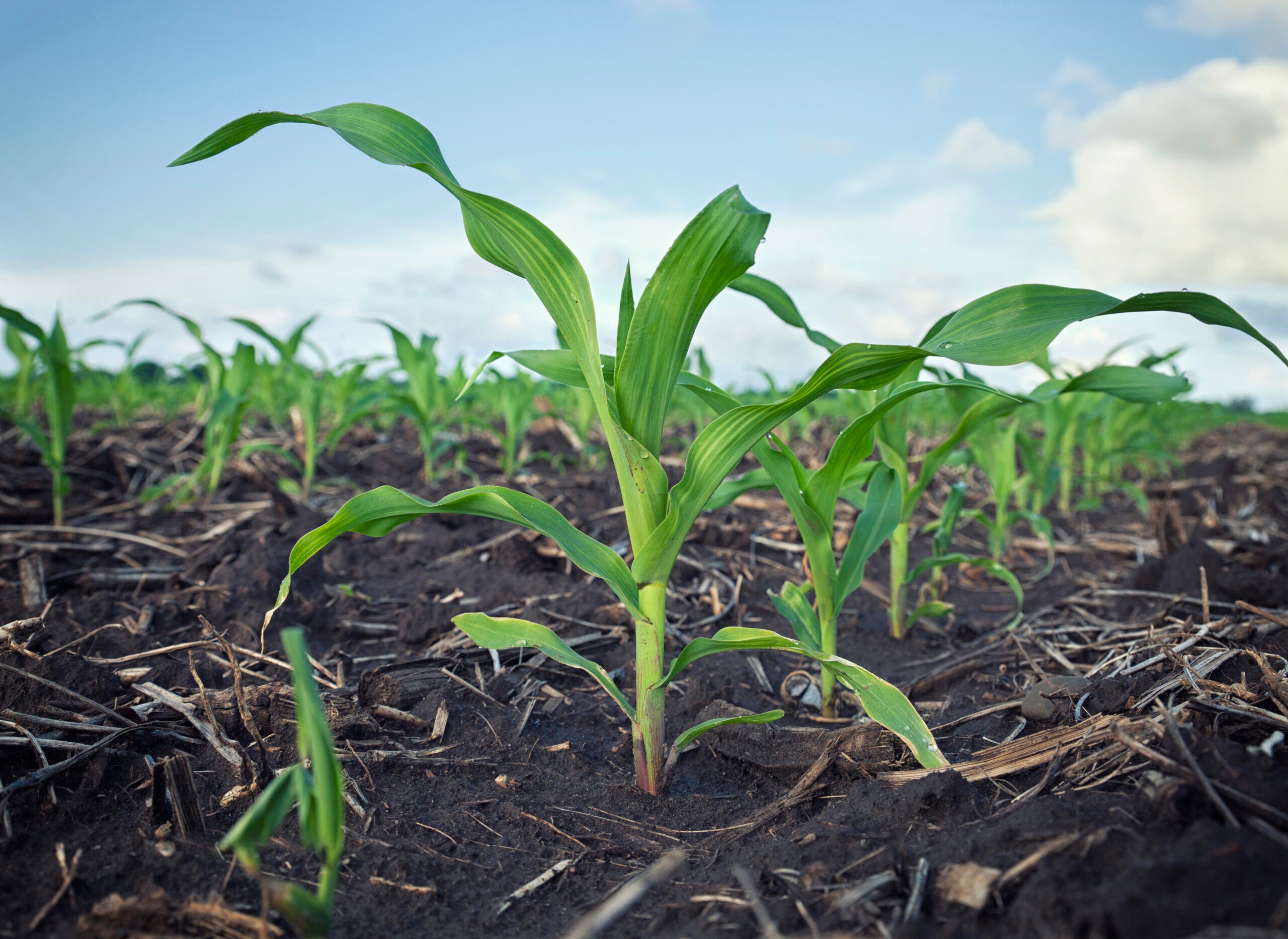A new survey of agricultural lenders in the upper Midwest reveals important insights about their perceptions and support for farmers’ conservation efforts. As the first of its kind, the survey can inform agricultural lending institutions’ climate and sustainability strategy development.
Farmers rely on agricultural lending institutions for loans to cover equipment, land and operating expenses. In particular, loan officers at these institutions hold relationships with farmers and are often seen as trusted advisers and sources of information. Their perspectives and knowledge of conservation agriculture can significantly influence farmers’ progress in adopting conservation practices.










